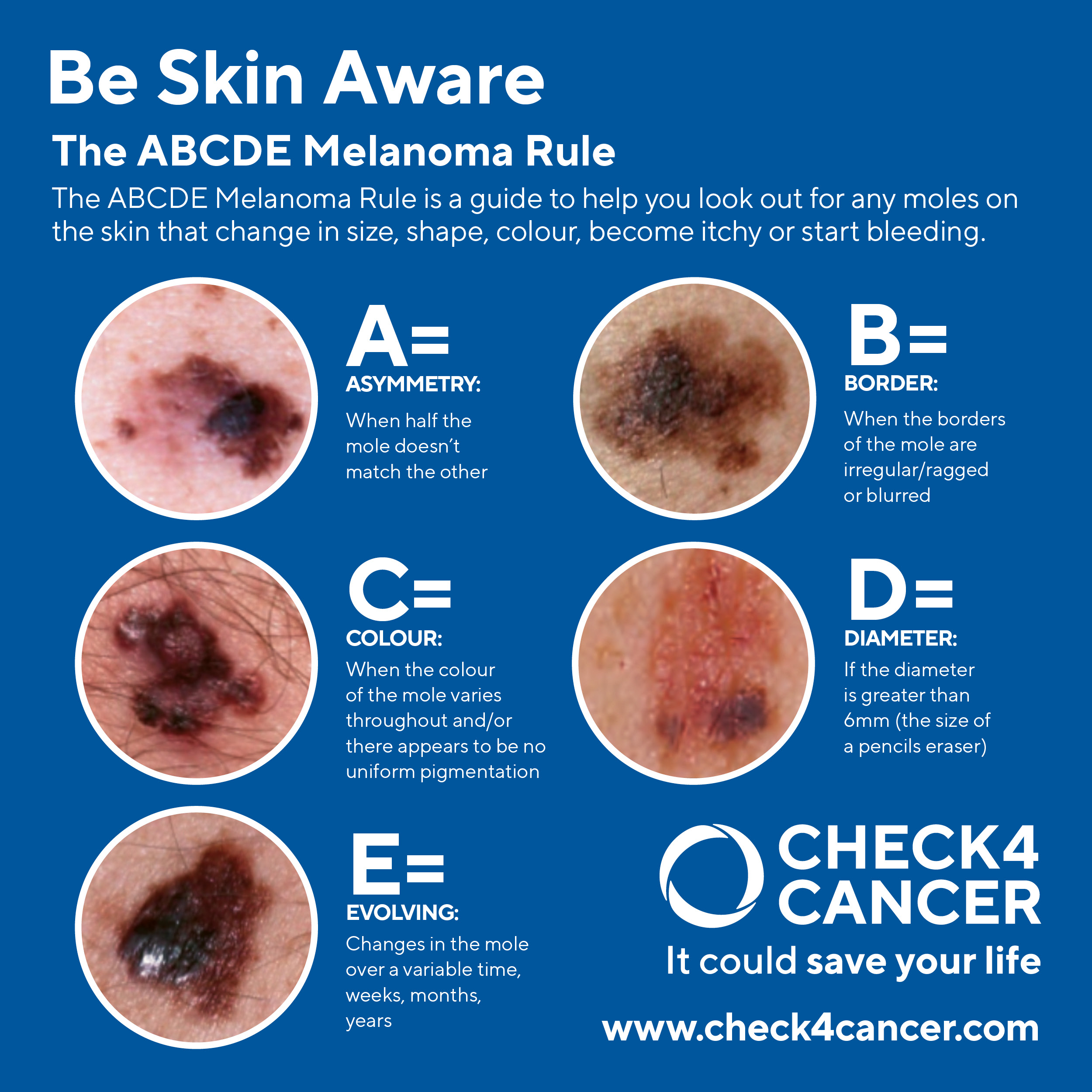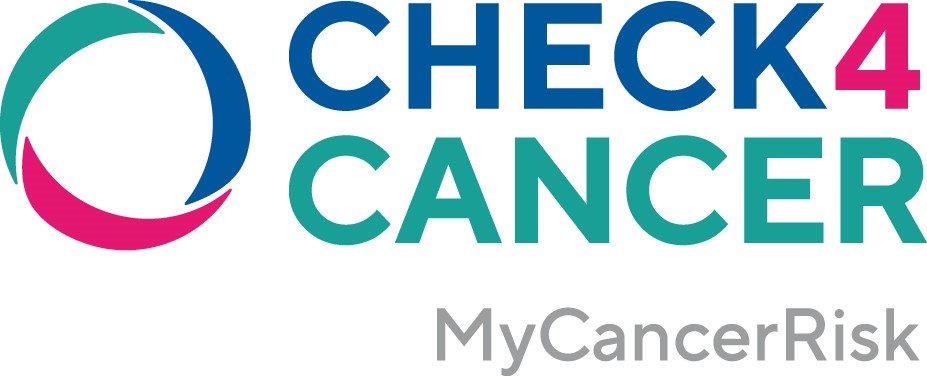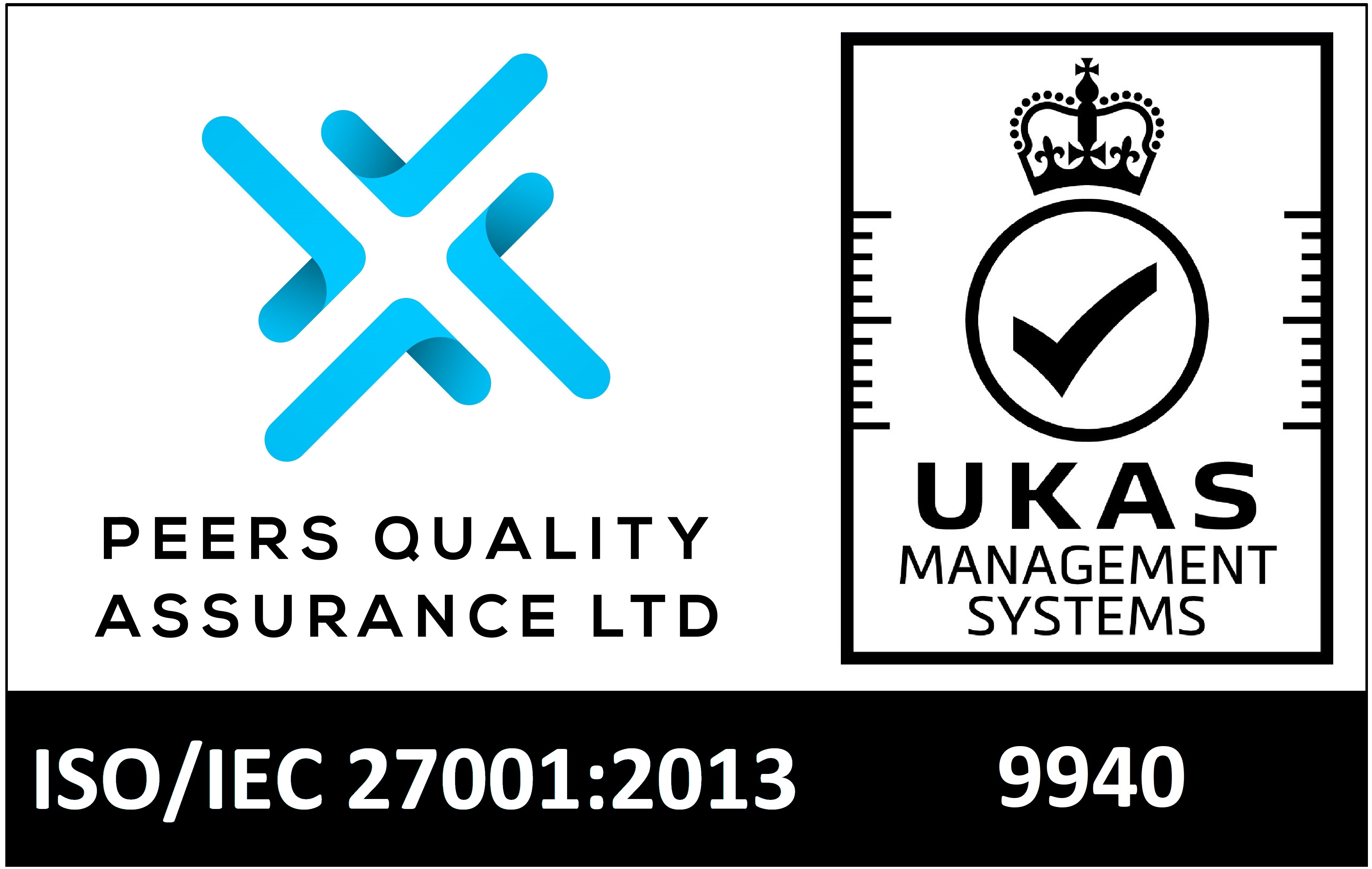Who is at risk of Skin Cancer?
Skin Cancer is the most common form of cancer in the UK.
Rates of malignant melanoma in the UK have risen faster than any other common cancer over the last 25 years with more people dying from skin cancer than in Australia.
Cases of malignant melanoma have more than quadrupled in the last 30 years. Cancer Research UK states there were 16,602 cases of malignant melanoma and over 151,000 cases of non-melanoma skin cancer diagnosed in 2015-17. Whilst it is good news that skin cancer survival rates have improved over this period, there are still a significant number of deaths from melanoma skin cancer every year.
How to reduce your risk
A number of changes to your lifestyle can significantly reduce your risk of skin cancer including:
- Avoid over exposure to the sun
- Avoid the use of sunbeds
- Wear a hat or protective clothing to protect your head, face, neck and shoulders
- Apply a high-factor 4star + rated, waterproof sunscreen every two hours
- Wear sunglasses with UV protection
- Move into the shade from 11.00hrs -15.00hrs when UV is strongest
- You can read our Skin Health brochure by clicking here to find out more about your skin cancer risk, and how to reduce your risk.
- Consider regular skin screening
What should you look out for, what are the symptoms?
Different types of skin cancer present different skin cancer symptoms but it is important to remember whatever the type of skin cancer, early detection is important.
Being familiar with your skin, i.e. how it looks and feels, is important in identifying the symptoms of skin cancer early.
Non-melanoma skin cancer signs
Most people commonly think of abnormal moles but non-melanoma skin cancer can take several forms. Signs to look out for include:
- A white, red or pink lump that doesn’t disappear after four weeks
- Discoloured patches on the skin that don’t heal after four weeks
- A scaly or crusty patch of skin that doesn’t heal after four weeks
- A sore or scab or ulcer that bleeds, hurts or itches and hasn’t healed after four weeks
- An ulcer that doesn’t heal
Melanoma skin cancer - symptoms and mole checking
You may have some moles or dark patches on your skin that are flat or slightly raised. Usually, these will remain harmless all your life. However, moles or localised patches of normal skin that change in size, shape or colour over weeks or months in adult life should be further investigated.
There are some clear signs that a mole could be a melanoma. You should get your moles checked by your GP or a skin cancer specialist if you notice any of the following skin changes:
- Changing shape, particularly getting an irregular outline
- Changing colour, getting darker, becoming patchy or multi-shaded
- An existing mole getting bigger or a new mole growing quickly
- If a mole starts to itch or become painful
- If a mole is bleeding becoming crusty and/or looks inflamed
There is a simple ABCDE rule for mole checking:
- Asymmetry: the two halves of your mole do not look the same
- Border: the edges of your mole are irregular, blurred or jagged
- Colour: the colour of your mole is uneven, with more than one shade
- Diameter: your mole is wider than 6 mm in diameter (the size of a pencil rubber)
- Evolving: changes in the mole over a variable time, weeks, months, years

Why should I get tested?
Malignant Melanoma is rare but is the most serious skin cancer. Left untreated, it can spread in the body and can eventually be fatal.
Malignant melanoma is disproportionately high in younger people, but they also have the highest probability of longer-term survival from the disease. According to Cancer Research UK, five-year skin cancer survival rates are highest in the 15-39 age group for patients diagnosed between 2009-2013.
Non-melanoma skin cancer is much more common than malignant melanoma. It is usually detected at a much earlier stage and is less likely to be life-threatening. Accurate statistics about non-melanoma skin cancer are difficult to obtain as cases of this type are often dealt with in local clinics.
How can I get tested? What are the tests available and how does it work?
Check4Cancer’s SkinCheck involves a detailed examination of any localised skin changes/moles, and a complete skin examination by experienced skin cancer nurses giving you peace of mind and ensuring early detection of any problems.
Find out more
- What you need to know about photoaging (skin damage) and skin cancer
- A day in the life of a skin cancer specialist nurse
- World Cancer Day - The importance of screening & reducing your risk
- Be Skin Aware - Protecting your skin in the winter
- Reduce your cancer risk with lifestyle changes that you can make today
- Ask the Expert - What are the three main types of skin cancer you need to be aware of and how to spot it
- Choosing the right sunscreen and understanding UVA protection
- 5 ways to reduce your risk of developing skin cancer
- What are Fitzpatrick skin types?
- How to check your skin
- Are sunbeds safe?
- Be Skin Aware: Who is at higher risk of skin cancer?
- Ask the Expert: Myth-busting common misconceptions about skin cancer.
- Ask the Expert: Mr Per Hall answers some of the most commonly asked questions about skin cancer and shares his insights on how to minimise your risk.
- Ask the Expert: Mr Per Hall discusses the different types of skin cancer as well as skin cancer treatment options to improve patient survival rates.
Why do you have to be a certain age to access screening?
Cancer screening is available at ages when the benefits are greatest, and the harms are smallest. These ages are determined by research and clinical guidance to ensure the benefits of screening outweigh the risks to individuals.
People who are at a younger age than the screening age limits are generally at a lower risk of cancer so for this group, the harms of screening would outweigh the benefits.
If you are experiencing any symptoms, screening is not suitable for you so please contact your GP as soon as possible to discuss your symptoms.
What if I am at higher risk and below the age limit for screening?
If you have been found to be at a higher risk for a particular cancer type, it is still important for you to be aware of this information. This could be as a result of your family history and/or your lifestyle factors. If you have a strong family history of a particular cancer you should speak with your GP to see if you are eligible for earlier NHS screening.
If your lifestyle factors are increasing your risk, you can visit the Education Hub to access information and guidance around possible ways to reduce your risk.





